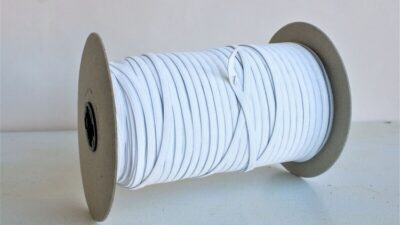When thinking about the grounds around your home, including the grass and landscaping, typically slowing the development of plants isn’t the first thing that comes to mind. Regularly, we trim and prune trees and hedges, water, and fertilize all living vegetation, eagerly anticipating growth. There are instances where rapid growth is actually not the end goal.
Golf courses and other commercial properties frequently use a plant growth regulator to control the timing and growth of turf and other landscaping materials. Gardeners everywhere are now discovering these solutions can be utilized by home lawn and garden enthusiasts.
If you need to learn more about Primo Maxx, you can visit the site.
Table of Contents
How Growth Regulators Work
A plant growth regulator slows down the growth of various types of plants, including grass, shrubs, trees, and other ornamental plants, by reproducing the effects of the normal hormonal response in plants without interrupting the natural photosynthesis or respiration of the intended target.
In your lawn, this means that by slowing down the growth of your turf, the plant growth regulator discourages the grass from growing taller while inhibiting the grass from throwing up seed stalks and encouraging turf thickness. Having lower grass means less mowing and trimming for the homeowner and has real timesaving benefits.
The Right Formula
Using a plant growth regulator requires researching the type you need, as regulators are designed for many plants. For example, you would use a separate regulator for grass, such as a turf regulator, than you would for shrubbery or flowers. Turf regulators have many potential applications, such as controlling horizontal overgrowth on pathways and garden edges. Having neatly manicured grounds becomes a lot easier with regulators.
Do you have a beautiful but highly messy tree with dropped fruit and out-of-control overgrowth? A tree growth regulator may effectively allow you to retain the tree while reducing the hassle of constant cleanup. Of course, there are also specific formulas for flowers or vegetables to achieve the desired effect needed.
Applying Regulators
A plant growth regulator is typically water-soluble and absorbed directly through the plant’s surface. These formulas are easily applied with a hand-held sprayer in gardening applications. As with any chemicals, be aware of any safety precautions and protective equipment that may be warranted, such as goggles and gloves, before applying the treatment. Choose a calm day without much wind to prevent overspray.
Consider using a harmless grass dye additive when spraying regulators to ensure you are covering all intended surfaces. Only the plants directly sprayed with the regulator will be affected, so providing even coverage on the foliage is vital.
A Few Tips
Plant growth regulators are not weed killers, although you can mix some formulas with herbicides to double-time your progress with gardening chores. When using turf preparations, steer clear of all trees, flowers, and vegetables. Only use regulators on healthy lawns and gardens. Using a regulator on plants that are already struggling will delay regrowth. Contact your local garden center for information on applying regulators and the timing necessary to provide the desired effect.













Comments